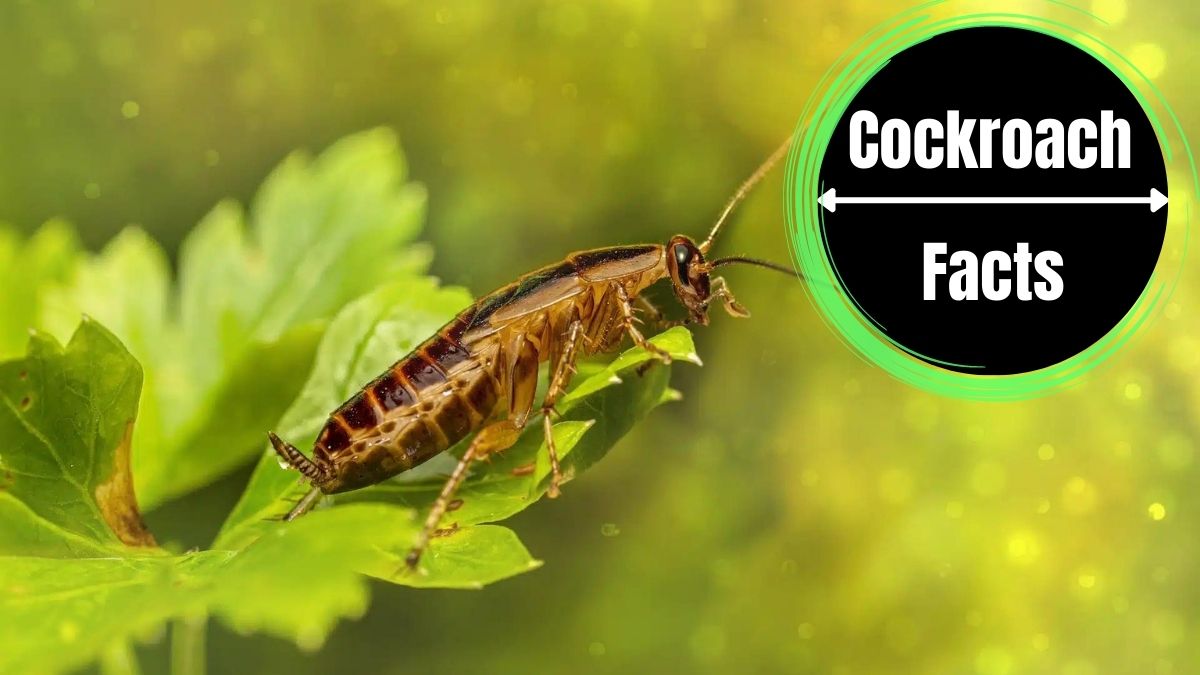Cockroaches, often regarded as resilient pests, have a rich evolutionary history that spans millions of years. Their ability to adapt, survive, and thrive in diverse environments has intrigued scientists and researchers.
Ancient Origins
Cockroaches belong to the insect order Blattodea, which dates back to the Carboniferous period, approximately 320 million years ago. Fossil records reveal cockroach-like insects that roamed the Earth long before dinosaurs. These ancient ancestors bore similarities to their modern counterparts, indicating a successful and enduring lineage.
Adaptive Features
Resilient Exoskeleton:
Cockroaches possess a highly durable exoskeleton, which provides protection against predators and environmental stressors. This robust outer layer also aids in water conservation, allowing them to survive in arid conditions.
Fast Reproduction:
Cockroaches exhibit rapid reproductive capabilities, with some species producing hundreds of offspring in their lifetime. This high reproductive rate enhances their chances of survival and propagation.
Versatile Diets
Cockroaches display remarkable dietary adaptability. While some species are scavengers, feeding on decaying matter, others have evolved to specialize in various food sources. Certain cockroach species have developed mutualistic relationships with microbes residing in their guts, allowing them to digest cellulose-rich materials such as wood.
Camouflage and Defensive Mechanisms
Cockroaches have evolved a range of defense mechanisms to avoid predators. Their ability to blend into their surroundings through coloration and camouflage provides them with a survival advantage. Additionally, some species emit defensive odors or produce toxic chemicals that deter predators.
Environmental Resilience
Cockroaches have demonstrated exceptional resilience, enabling them to inhabit a wide range of environments. They can withstand extreme temperatures, survive without food for extended periods, and adapt to diverse habitats, including urban environments.
Genetic Studies
Advancements in genetic research have shed light on the evolutionary relationships among cockroach species. DNA analysis has revealed evolutionary patterns, speciation events, and migration patterns, providing insights into the diversification and adaptive radiation of cockroaches.
Medical Implications
Though often considered pests, cockroaches have also attracted attention in medical research. Their immune systems, antimicrobial peptides, and resistance to pathogens have inspired investigations into potential antimicrobial properties and the development of new antibiotics.
Conclusion
The evolutionary journey of cockroaches is a testament to their remarkable adaptations and survival strategies. Through millions of years, they have evolved to occupy diverse ecological niches, displaying incredible resilience and adaptability. Scientific studies continue to unravel the secrets of their evolution, offering valuable insights into insect biology, ecology, and potential applications in various fields. Understanding the evolution of cockroaches not only deepens our knowledge of these fascinating creatures but also provides a broader perspective on the wonders of life’s diverse forms.

